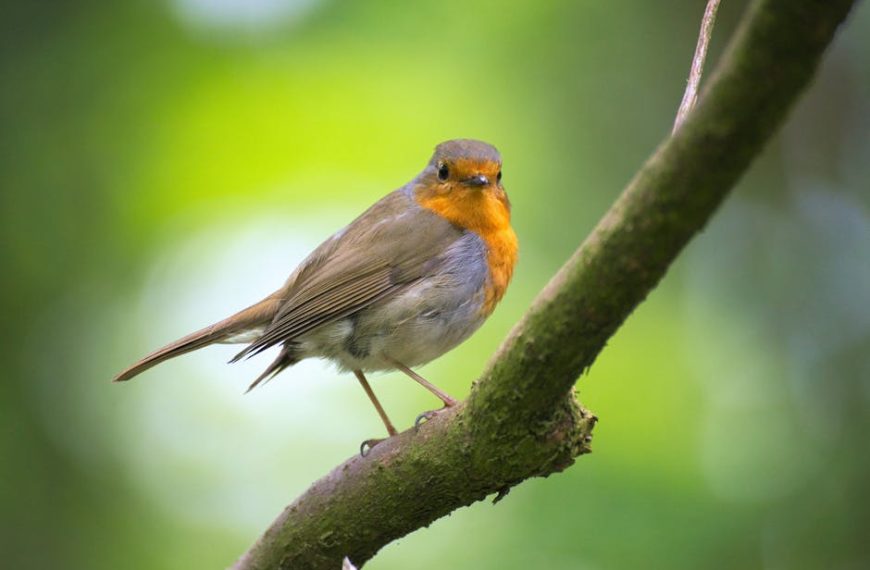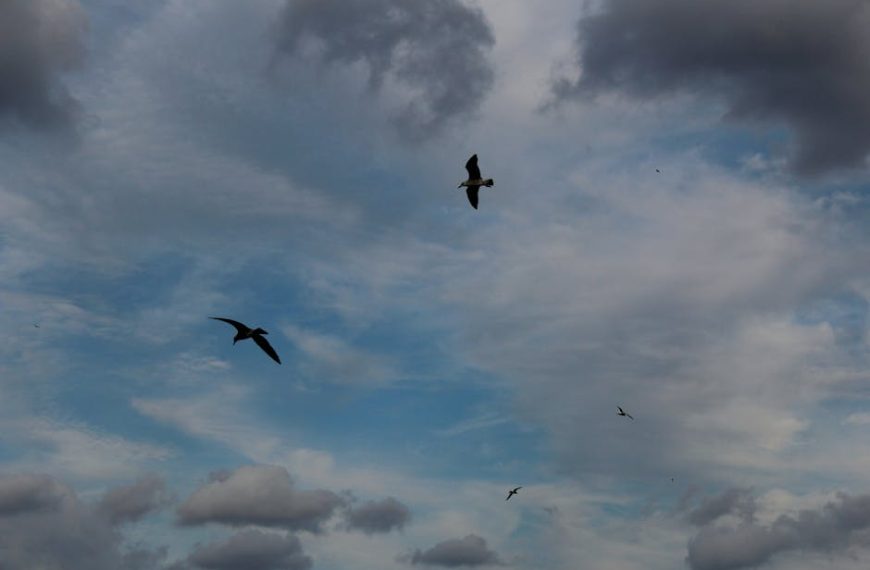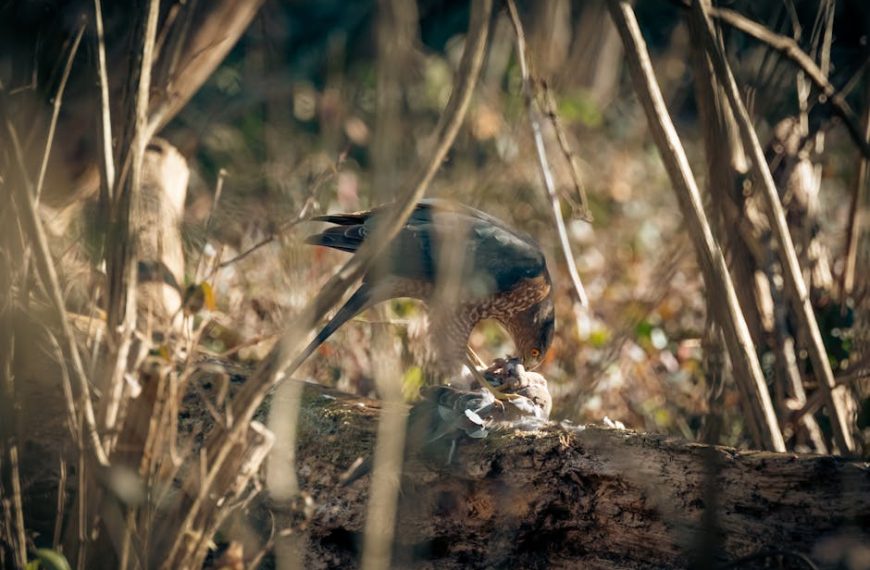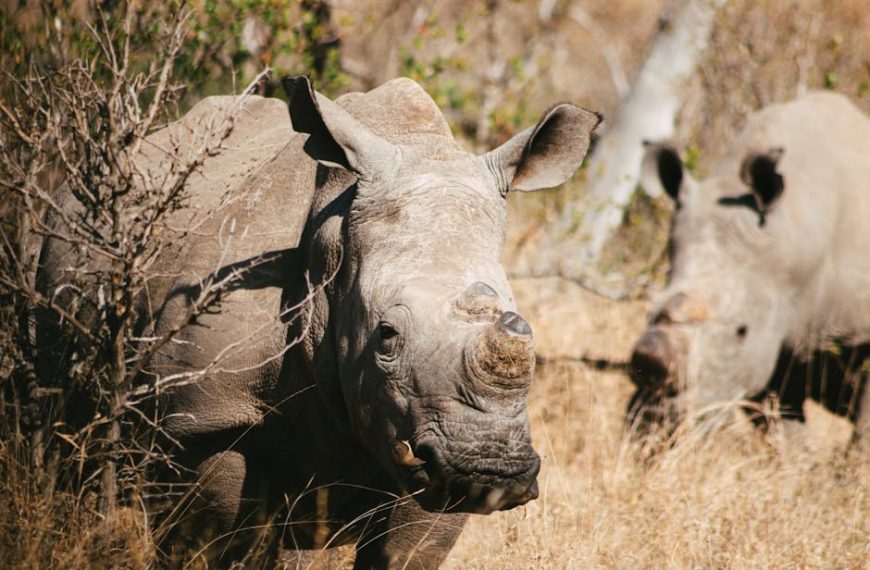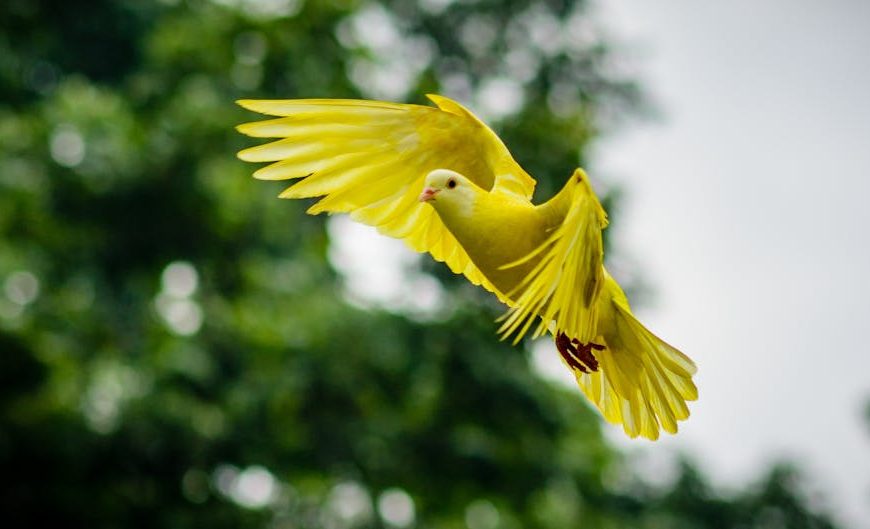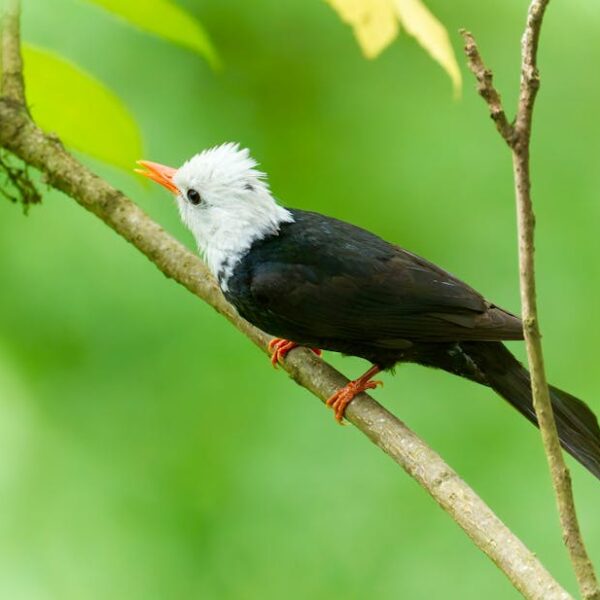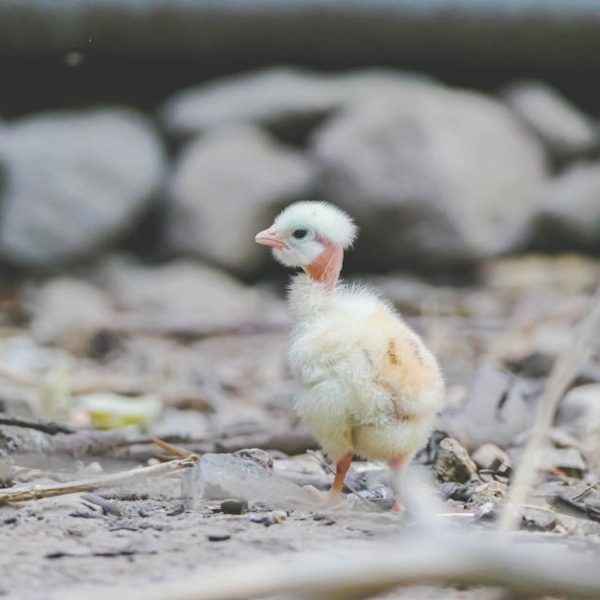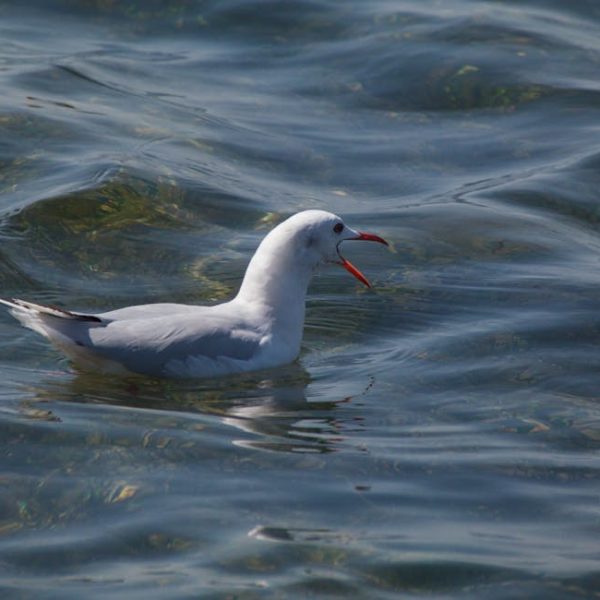Have you ever marveled at the dramatic displays of color found in nature, especially in the vibrant flora and fauna? A fascinating agent of this riotous color is the group of orange-colored birds, whose striking hues make them a captivating sight to behold. Today, we delve into the world of orange birds to demystify their coloration, discover some popular species, explore their geographical spread, the role they play in human culture, and the conservation efforts aimed at preserving these brilliant feathered creatures.
Understanding the Reason Behind Orange Bird Coloration
It’s no stroke of luck or whimsy that some birds sport magnificent orange plumage. The pigment responsible for their coloration is carotenoids, organic pigments that are found in plants. Birds can’t naturally produce carotenoids, so the pigment in their feathers comes from their diet – specifically plants and insects that consume plants rich in carotenoids.
The intensity of an orange-colored bird’s hue directly indicates its health and vigor. A vibrantly colored bird, rich in carotenoids, can signal its fitness and prime physical condition to potential mates. Females, biologically driven to ensure the survival of their offspring, are attracted to more colorful males. Hence, orange bird coloration has a significant role in attracting mates and signaling health status.
Profiles of Popular Orange-Colored Bird Species
There’s a wide array of orange-colored birds gracing our skies, each better than the previous. Let’s meet a few of them:
- Red Cardinal: Known for their vivid red-orange plumage, Red Cardinals are commonly found across North and South America. They are predominantly seed eaters with strong, conical bills. Fun fact, they are the state bird of seven U.S. states!
- Flame-colored Tanager: Living up to their name, these stunners sport fiery orange-red plumage, more so the males than the females. Flame-colored Tanagers are primarily found in mountainous regions of Central and South America. Their diet consists mainly of fruits and insects.
- Baltimore Oriole: Sporting a striking orange and black color combination, the Baltimore Orioles are quite a sight. They can be found in the Eastern and Central parts of North America, particularly fond of open woodlands and gardens. They are primarily insect eaters but also have a sweet tooth for flower nectar and fruit.
| Bird Species | Habitat | Diet |
|---|---|---|
| Red Cardinal | North and South America | Seeds |
| Flame-colored Tanager | Mountainous regions of Central and South America | Fruits and insects |
| Baltimore Oriole | Eastern and Central North America | Insects, nectar, fruit |
The Geographic Distribution of Orange-Colored Birds
Birds with orange plumage aren’t limited to a specific corner of the globe. Instead, they grace various geographical landscapes, thanks to dietary availability, ideal climate conditions, and safe nesting locations. The Americas, Africa, and Asia prove to be rich in orange-colored bird species, each providing their unique blend of conditions favorable for their survival and propagation. Stay tuned as we explore these geographical destinations and the orange birds that call them home.
The Role and Symbolism of Orange-Colored Birds in Human Culture
Birds, particularly those filled with vividly bright colors, have always played an essential part in human culture. They carry massive symbolic weight across various societies, religions, and cultures. Naturally, this includes the incredible orange-colored birds.
In many cultures, an orange bird is seen as a symbol of passion, creativity, warmth, change, and endurance. For some, seeing an orange bird can represent the promise of a positive change, expressing joy and providing inspiration.
Moreover, orange-colored birds have found their place in various forms of human expression. They’ve graced countless pieces of art, filled pages of literature, and have even inspired musicians. For instance, the Baltimore Oriole has been referenced in a host of artworks and is also the state bird of Maryland, representing the heraldic colors of the British Baltimore family.
Conservation Efforts and Threats to the Orange-Colored Birds
The beauty of orange-colored birds is truly a sight to behold. However, they are not exempt from the threats that many bird species face today, such as habitat loss, the effects of climate change, and human interference. For instance, The Red Cardinal and Baltimore Oriole populations have been subject to significant fluctuation due to deforestation and other human activities.
In response to these threats, various conservation efforts have risen to the forefront. From dedicated organizations working towards ensuring the survival and propagation of these species, to legislation focused on protecting their habitats, the fight for these orange-colored birds rages on.
As readers and appreciators of these magnificent creatures, there’s a handful of ways that you can contribute to their survival:
- Supporting conservation organizations: Many non-profit organizations are dedicated to conserving these beautiful bird species. Your monetary contributions can go a long way in supporting these efforts.
- Preserving native habitats: If these habitats are in or around your living or working areas, take measures to protect and preserve them. It’s more than just their home — it’s their source of food and shelter.
- Educating others: Spread the word about these beautiful creatures and the threats they face. The more people are aware of the cause, the more support it garners.
- Reducing pesticide use: Pesticides not only kill off insects which are a primary food source for many birds, but they can also be harmful to the birds directly.
Remember, each contribution counts, no matter how small. Let’s do our part in ensuring the colorful future of these charming, orange-colored birds!
Key Takeaway:
- The orange coloration in birds is due to pigments called carotenoids present in their diet. This intense hue is a signal of their fitness and health, playing a vital role in mating.
- There are many popular species of orange-colored birds worldwide, including the Red Cardinal, Flame-colored Tanager, and Baltimore Oriole, each with its unique dietary habits and geographical distributions.
- Orange-colored birds are recognized and valued in various cultures and societies due to the rich symbolism they carry, often showcasing them in various forms of cultural expressions.
- Fascinating as they are, these birds are subject to numerous threats like habitat loss, climate change, and human intervention. Conservation efforts are, however, ongoing to ensure these species’ survival and protections.
The vibrancy and dynamism brought into our world by orange-colored birds is stunning. While they face challenges, there are dedicated efforts working towards their preservation. Of course, we need to play our part as well! By supporting conservation groups, preserving habitats, educating others, and limiting pesticide use, we can contribute to these captivating creatures’ colorful future. Let’s cherish and protect our planet’s vibrancy, doing our bit to ensure our feathered friends continue to grace our skies.
FAQs
Q: Are there specific areas that have higher populations of orange-colored birds?
A: Yes, particular geographical landscapes like the Americas, Africa, and Asia are rich in orange-colored bird species primarily due to ideal climate conditions, safe nesting locations, and dietary availability.
Q: Can the orange color in birds fade over time?
A: A bird’s vibrant orange coloration might dim if their diet is deficient in carotenoids, the pigments responsible for orange color, as the pigment comes from their food.
Q: Are only male birds brightly colored for attracting mates?
A: While this is common in many bird species, it’s not always the case. Both males and females can sport vibrant colors, though the intensity and exact color patterns can vary between the sexes.
Q: Are orange-colored birds endangered?
A: Some species have faced significant fluctuations in population due to habitat loss, climate change, and human activities, but overall status varies between species. Conservation efforts are ongoing to protect them and maintain biodiversity.
Q: How can I contribute to the conservation efforts for these birds?
A: You can support conservation organizations, educate others about these birds and the threats they face, preserve native habitats, and reduce pesticide use to limit the harm caused to these birds.
Let’s share this article far and wide to spread awareness about our vibrant feathered friends’ beauty and challenges! Explore more on our website for additional fascinating insights into our natural world.

